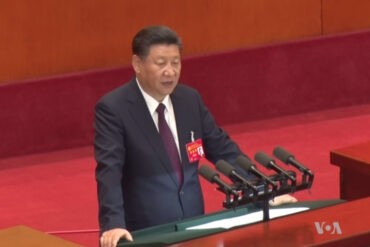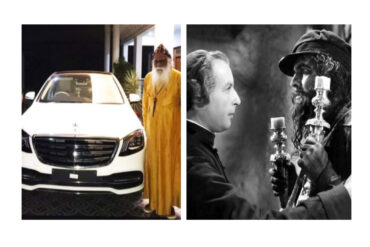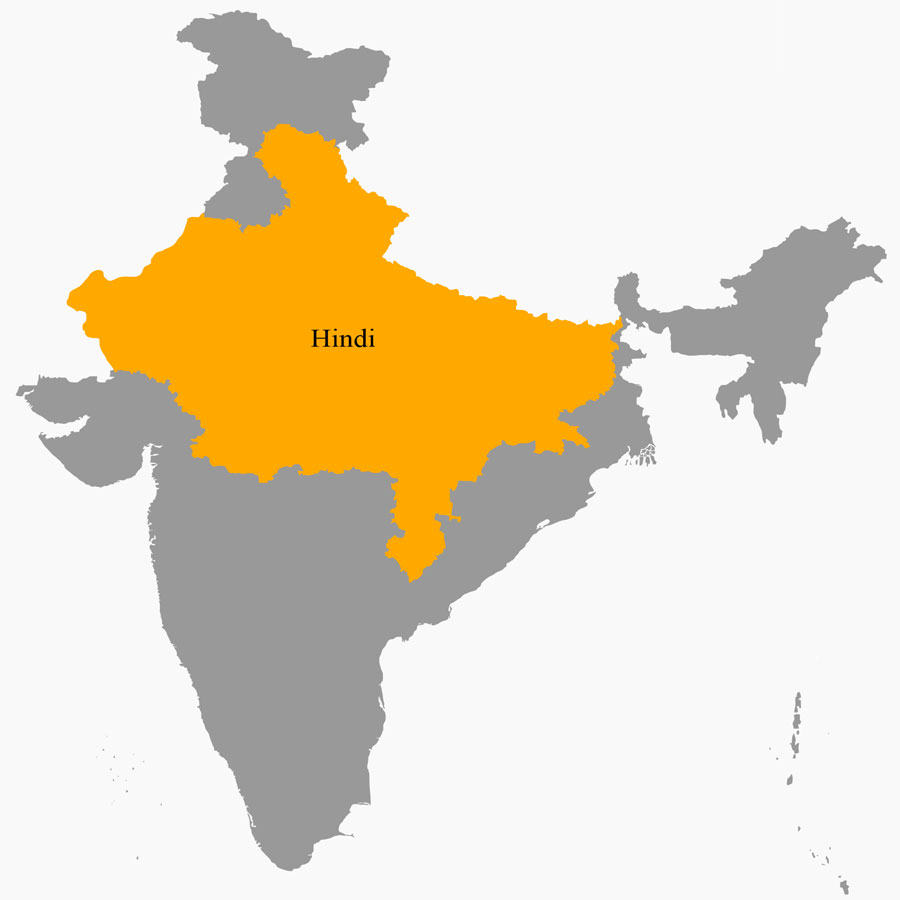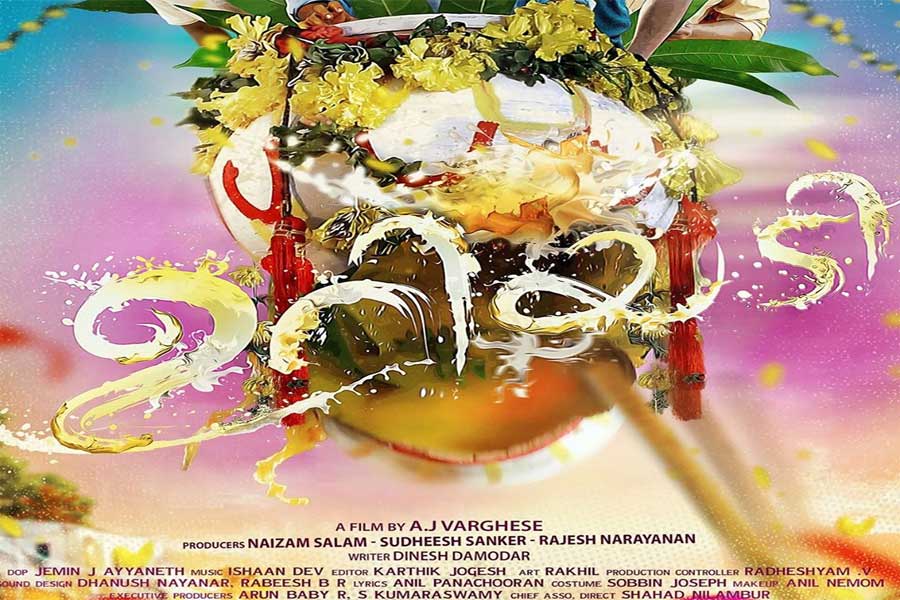15 years ago, when I was waiting for my class, a student came to me and congratulated me.
“What is the occasion?”, I wondered aloud.
It was not my birthday which in any case my students would not be aware of. Those were pre-Facebook days. That I was asking for the occasion was something my student could not comprehend.
“Today is Hindi Diwas, Sir”, she said.
It was 14 September and all Hindi-wallas were congratulating each other. What is so special about Hindi that we should have a day marked in its name, I asked her.
“Why Sir, Hindi is our national language.”
“But it is not!” I informed her. She looked bewildered. She did not argue with me following the tradition of a good Indian shishya but I could see that she was not convinced.
It hurts the people of the so called Hindi-speaking regions when they are confronted with the constitutional fact that Hindi is not THE National language of India, that it has a more mundane role assigned by the Constitution. It has to conduct the official business of the state and that too, along with English. Time and again, Hindi nationalism tries to assert its linguistic hegemony claiming that it is backed by the numerical strength of people who use it. A democratic argument, one would say. When numbers are with Hindi, how can other languages claim equal rights?
The deliberation in the Constituent Assembly about the status of national language is very instructive. The debate was taking place in the background of the freedom movement and also in the midst of the bloodshed which accompanied the creation of the two nations, India and Pakistan. The spirit of the debate was that of negotiation and accommodation. Attempt was not to use the force of majority to carry any motion. It was therefore very thoughtful of the members of the assembly not to designate Hindi or any other language as the National language of India.
It is not that the case of Hindi was not pushed hard. But counter arguments were as formidable. Read what T A Ramalingam Chettiar, a Parliamentarian from the then Madras State had to say:
“We have got languages which are better cultivated and which have greater literature than Hindi in our areas. If we are going to accept Hindi, it is not on account of the excellence of the language. It is merely on account of the existence of a large number of people speaking Hindi. Being practical, we do not claim that our languages which are better cultivated, which have got better literature, which are ancient, which have been there for millenniums, should be adopted.
The claim of Hindi is not based on its literature, its antiquity or anything like that. Such being the position, I want the Hindi speaking brethren sitting here to consider whether they are justified in making the claim for everything they want and putting us, coming from the South, in the false position which we will occupy if we are going to accept all their claims.
On account of the realities of the situation, we have accepted Hindi in Nagari script as the official language. I, however, said that you cannot use the word ‘national language’, because Hindi is no more national to us than English or any other language. We have got our own languages which are national languages and for which we have got the same love as the Hindi speaking people have got for their language.”
It was an extensive debate and there was sharp division in the house on this issue. Ultimately, a compromise was reached. Known as the Munshi-Ayyangar formula, it was incorporated in the Constitution under Part XVII, Chapter I. It proposed Hindi in Devanagari Script as the Official Language of the Union (central government). However, the use of English for the first 15 years was allowed (with an option of a further extension).
As the appointed hour drew closer, apprehension rose again in the non-Hindi regions that Hindi would be imposed on them and the threat of a long unrest led the then Prime Minister Jawaharlal Nehru to give an assurance that English would continue until the non-Hindi speakers want a change. Since then, the successive governments have maintained the status-quo.
Are the non-Hindi speaking people, who learn Hindi and use Hindi for transactional purposes being unreasonable and dishonest when they oppose the status of the national language to Hindi?
Their unease has to be understood in the context of the process of nation-making in India. The large number of parliamentary seats in the ‘Hindi areas’ mean that the majority would be defined by them. The temptation to mould the personality of other regions in the form of the Hindi speaking North India has manifested itself in many ways. The most recent attempts to change the character of Onam by seeking to introduce Vamana Jayanati and the aggressive marking of Ram Navami in West Bengal are just two of the numerous examples of this cultural project.
The idea of One nation-One people can be realized only when it is propelled by one language. But the makers of this nation were wise people. There was no cunning in their compromise. The fears of the non-Hindi states were not imaginary. A majoritarian impulse could destroy the imagination of a nation with a hundred tongues.
The Hindi-wallas often complain that in the pre-independence period there was no animosity towards Hindi—which is true to a great extent. Neither Ram Mohan Roy, nor Gandhi, or for that matter Rajajji, came from the Hindi regions. Vinoba Bhave, an innovator in Hindi, did not belong to it either. Theatre and Cine personality B V Karanth, himself a Kannadiga told me about the days of his youth when Hindi Pracharaks were held in high esteem in his state and other parts of South India. One must not forget that in those days Hindi went to these areas as a friend. But once the nation state of India started taking shape, the question of cultural hegemony of a particular region assumed importance.
Hindi is presented as a unifier; but, the Constitution is silent on this. As Swapnil Tripathi has shown in his article, the Indian courts have taken differing views regarding this question. He has discussed and analyzed the approach taken by different courts: “The High Courts of Bombay (Bombay Education Society v. State), Calcutta (West Bengal Board of Secondary Association v. Siliguri High School) and Madhya Pradesh (Raghavendra Prasad v. Union Bank of India) have sided with the unity argument and have made verbal observations that Hindi is the national language of India. It should be noted however, that such remarks were made in passing, and hence, are not binding.
On the other hand, the High Courts of Gujarat (Amrutlal Popatlal v. Chief Secretary), Karnataka (General Secretary, Linguistic Minorities v. State of Karnataka) and Patna (Jayakant Mishra v. State of Bihar) have sided with the diversity and the disadvantage arguments. In fact, in Amrutlal Popatlal’s case, the Court categorically rejected a petition, where a party had argued that Hindi was the national language of India.
The Courts have wisely refrained from declaring Hindi as the national language of India. But we have seen the members of the present regime raising it from time to time. After coming to power in 2014, the government surreptitiously introduced the devanagari numerals on currency notes. Hindi was sought to made compulsory in the three-language formula. The Vice President of the country called Hindi the national language of India. Can it be explained away as his ignorance of the Constitution or his statement of intent? In 2018, the central government through the MHRD asked all the central universities to introduce Hindi as a compulsory subject.
For a very long time, the demand to make Hindi a language of the United Nations has been raised and supported by the BJP. Other regions rightly wonder why Hindi should enjoy this privilege over them. The memory of Russification of the regions of the erstwhile Soviet Union is not only for them. In our times, we see China imposing Mandarin on the Uighur Muslims.
The present context of the renewed demand for Hindi to be accorded the status of the national language of India or the marker of its identity cannot be ignored. It is a time of hard centralism and relentless attack on all forms of federalism: One nation-One tax, One nation-One election, along with the abolition of planning commission which provided space for the concerns of the states form the background. A massive exercise of reformation of India is going on. Hindi has become the vehicle of this process of homogenization.
I, as a practitioner of Hindi see with dismay the role that my language is playing in this conspiracy. The Hindi media is brazenly majoritarian. It deliberately keeps its people not only ignorant but keeps misinforming them. A language devoid of the will for excellence and rigour of knowledge, it has accepted the role of a carrier of the propaganda of the market and a majoritarian nationalist politics. This is definitely not what Gandhi or Rajaji or Vinoba had ever imagined.







